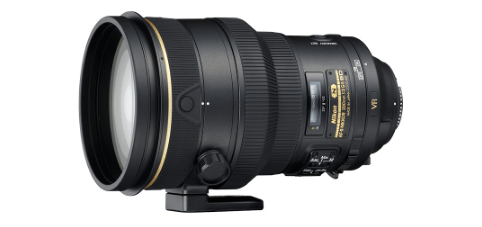ネットでAll-I(All Intra)とIPB(Long GOP)の違いを調べると、真っ先に以下の記事が出てきます。
両者の違いを抜き出すと、以下の様になります。
|
All-I圧縮 All-Iはハイエンドカメラが最高画質を実現できるように設計されています。動画圧縮の方法は、フレームをキーフレームとしてキャプチャし、イントラフレーム方式を使用して圧縮します。結果としてAll-I圧縮は以下の3つの特徴を持ちます。 1. 個々のフレームはIPB圧縮よりもはるかに高品質です。 したがって、よりアーティスティックで短いカットを撮影する場合や、ポスプロで多くの加工を施す余地が欲しい場合は、最高画質での収録ができるAll-I圧縮が最適なオプションになります。ただしカードやドライブに大きなスペースが必要です。しかし長時間収録する必要がある場合は、IPB圧縮の方が適しているかもしれません。 |
IPB圧縮 IPB圧縮はAll-I圧縮よりも柔軟性があります。圧縮力と速度に優れますが、個々のフレームの画質が損なわれます。よって、下記2、3のような利点があります。 1. 個々のフレームはAll-I圧縮よりも低品質です。 したがって、長時間の撮影内容を一つのファイルに収めたい時は、IPB圧縮を使用する必要があります。ファイルも小さくなりディスクスペースの節約に繋がりますが、若干の画質の劣化やカラコレの自由度の低さといった欠点もあります。 |
ご覧の通り、これによればAll-Iの方がはるかに高品質だとあります。
高品質という事は、遥かに高画質だというでしょう。
また容量は、何故か約3倍多いとまで書かれています。
そしてご丁寧な事に、下にあります元になった参照記事も貼ってあります。
その記事を抜き出すと、以下になります。
|
All-I Compression First, let’s look at the All-I compression option — the more powerful of the two. All-I was designed for higher-end cameras to capture the highest quality possible. The compression method works by capturing frames as keyframes and compressing them using an intraframe method of compression. This means three things for videographers, filmmakers, and editors:
So, if you’re capturing more stylized, shorter shots; need more storage space on cards or drives; and are looking for more editing leeway, All-I compression will be your best option for the highest quality recording at your given frame rate. However, if you’re up against the gun and shooting longer, reading up on IPB compression may be a better option. Let’s take a look. |
IPB Compression IPB compression is the more flexible of the two. It’s an update of older IPP compression, which just included I-frames and P-frames — IPB adds B-frames, which conveys the next (and previous) I-frame and P-frame information. This B-frame (which stands for “Bidirectional” in IPB compression), adds compressing power and speed but at the loss of individual frame picture quality. For those interested in getting the most out of this compression option, it means the following:
Ergo, when you’re on a shoot where you need to record continuous long shots (for the Canon 5D, up to the roughly 12-14 minute max the camera offers), you’ll need to use IPB compression at your chosen frame rate. Your files will be smaller as well, which is helpful when operating with less available space — however, you’ll notice some subtle differences in your frame-by-frame editing once you bring your IPB shots into post-production, meaning less leeway for things like color correction. |
ご覧の通り、当該記事はこの記事の直訳の様です。
いやはやこんなに安直な記事が、Google検索の上位に出てくるとは。
それはさておき、では本当にAll-Iの方がIPBよりはるかに画質がよいのでしょうか?
そしてそれは約3倍容量が多くなるのでしょうか?
という話を後ほどしたいと思いますので、お楽しみに。

